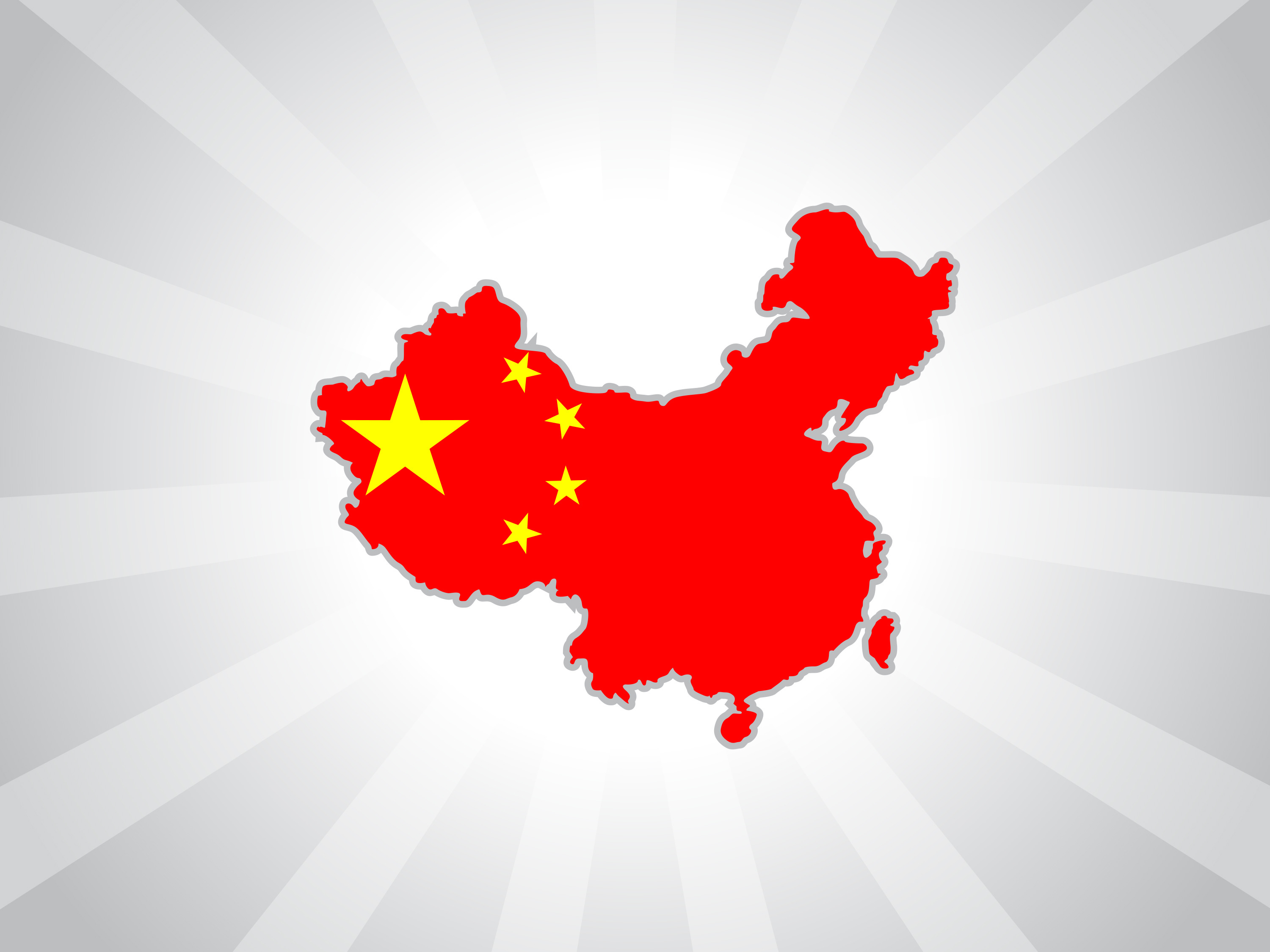

3 Common Challenges Chinese Medical Translators Face
China’s healthcare industry is projected to reach $892 billion by 2018 according to Deloitte. Because of the rapidly increasing income of consumers and favorable government reforms, the market offers global players the opportunities to tap the demand in the mainland and overseas.
For example, in 2015, the leading hospital in the United States, Cedars-Sinai Medical Center – where the famous Hollywood actress, Angelina Jolie received her preventative double mastectomy – partnered with a Beijing-based tourism agency to target affluent Chinese patients.
The billion-dollar market
China remains the third largest market for the pharmaceutical industry, too. The $115 billion drug market continually attracts foreign investments and is expected to grow despite the challenges from the economic turmoil.
On the language business, Chinese medical translators see the opportunities – translation agencies are always on the lookout for skilled healthcare translators – and challenges, especially in the translation and localization processes.
The complexities of English and Chinese languages push them to work hard and adopt a constant learning mindset in the intersections of medicine, health care, linguistics, business, and culture.

What are the challenges medical translators often encounter?
Cultivating interdisciplinary skills is a requisite for a 21st-century Chinese medical translator. It involves years of experience and constant study and reading of the trends that shape the industry. “A good translator,” according to Henry Fischbach Director at The Language Service, “ought to be as good a writer as the one who wrote the original.”
He said, “Good translating is the rewriting in the foreign language of the ideas contained in the original.” But with today’s fast-paced technological developments, translators must not only box themselves in their linguistic knowledge and writing skills, but also learn how technology, business, and culture can improve their practice.
-
Terminology in clinical disciplines
The terminologies in each branch of medicine pose a challenge to any translator. New words and phrases are being formed, which makes them hard to translate for effective communication to the reader or patient. Translating scientific loanwords are important in the Chinese vocabulary according to Feng Zhiwei.
In his research paper, he pointed out their dilemma on whether they should translate “Severe Acute Respiratory Syndrome or (SARS)”, which is a semantic loanword, into its phonemic loanword (SARS as 萨斯/sasi/) or translate it into its semantic form, the longer one: 严重急性呼吸系统 综合症/yanzhong jixing huxi xitong zonghezheng/.
-
Grammar system of English and Chinese (and why English is more complicated)
While the English and Chinese languages have the same phrase structure of S-V-O (Subject-Verb-Object), there are significant differences when it comes to grammar rules. In Chinese, the active verbs (words) do not change, unlike in English. Chinese Boost Grammar provides exacting examples and explanations like this one:
她去工作。Tā (qù) gōngzuò. She goes to work.
我去工作。Wǒ (qù) gōngzuò. I go to work.
他们去工作。Tāmen (qù) gōngzuò. They go to work.
我们去工作。Wǒmen (qù) gōngzuò. We go to work.
去(qù) means ‘go’ in English. Notice that it’s the same in Chinese regardless of the pronoun and subject, but it English – ‘She’ is the subject and a singular form – technically ‘goes’ is the proper active verb in this structure. Aside from verbs, adjectives remain constant, too. So, what does it mean when translating medical documents?
In his paper, Challenges faced by Medical Translators, Assistant Ph.D. Candidate Adrian Naznean at the University of Targu-Mures wrote that because of the differences of the grammar systems of the source and the target language, the translators are sometimes forced to change the content from the original texts.
They may add necessary information or disregard other words or phrases that are irrelevant to the reader or patient, without compromising the core ideas. Naznean also pointed out that tenses may challenge the translators because writers of the Romanian medical journals use the past tense.
-
Ambiguous abbreviation and acronyms
For medical translators, abbreviations and acronyms – especially if they Latin roots – make their translation work difficult. While both of these words are often known for their short form, the abbreviations are the short versions of phrases and words spelled in small letters while acronyms (e.g. SARS) are a set of initials representing a word or terminology.
Translation Directory asked translators from all over the world to post the acronym terms that they find hard to translate, gathered from the medical discussion group. The challenge in the process is: although the English language is the lingua franca, medical terms and abbreviations still carry their Latin origin, making it hard for them to translate and communicate at the simplest natural form.
Tools and helpful publications for Chinese medical translation
There are useful guides and publications for translators to overcome these challenges. The UCLA team, together with Chinese anthropologist, practitioner, and scholar, published a 15-page e-book, Considerations in the Translation of Chinese Medicine to promote effective communication and further push through the development of accurate translations.
HTH Worldwide also released a Chinese medical translation guide for standard terms arranged in the alphabetical order in English from abdomen 腹部 to Yellow fever 黄热病. Meanwhile, thanks to technology, an iPhone app like MediBabble breaks the language barrier between medical professionals and patients during their rounds at the hospitals.
Despite the challenges, the convergence of new tools, publications, and technologies help them to improve the translation process.
 +1-877-574-2407 (US and Canada Toll Free)
+1-877-574-2407 (US and Canada Toll Free)  service@limpid-translations.com
service@limpid-translations.com



